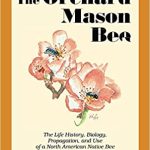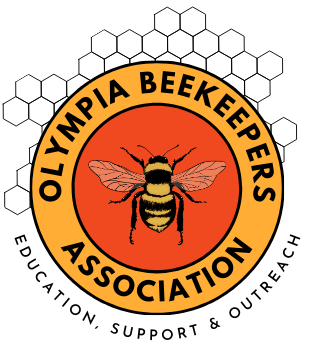Article by Debra Langley-Boyer, Member of OBA and President of Belfair & Beyond Beekeepers. Debra presented the following information at the February 2023 General Meeting. Which hive is best for you? Honeybee’s can use a great variety of places for their hive. Beekeepers provide hives for the bees as a convenience to the beekeeper. Different (more…)

The Orchard Mason Bee; The Life History, Biology, Propagation, and Use of a North American Native Bee (Osmia lignaria propinqua Cresson) by Brian L. Griffin and Illustrated by Sharon Smith and the Author 3rd printing 2011 Knox Cellars Publishing, Bellingham, WA Here is a great resource for “How To” capture and raise these mild mannered pollinators in (more…)
We had the pleasure of hosting, Cassie Cichorz from Washington Department of Agriculture, Plant Protection-Pest Program for an update on the Northern (Asian) Giant Hornet. Recently given the common name “Northern Giant Hornet”, they are currently only reported in Northern Washington State, however could theoretically hitch hike to our area. For more information visit the (more…)
Survivorship Survey – by Dewey M. Caron Last year, 271 OR/WA backyarder beekeepers returned April surveys on overwintering colony losses/survivorship, and management such as colony feeding, sanitation and Varroa control efforts. The results for WA beekeepers are posted on the website: http://pnwhoneybeesurvey.com/wp-content/uploads/2016/07/2016-LeCBA-and-WA-Report.pdf There were 52 WA respondents included in the WA report Colony loss levels (more…)
Lauri Miller Fortified Sugar Block Recipe 25# cane sugar one scant quart cider vinegar 1/2 tsp of electrolytes 1-2 Tbs citric acid (found in your canning dept) Splash of Pro Health or other scented essential oil of choice Mix together about 1/3 of the sugar and vinegar at a time in a five gallon bucket (more…)
